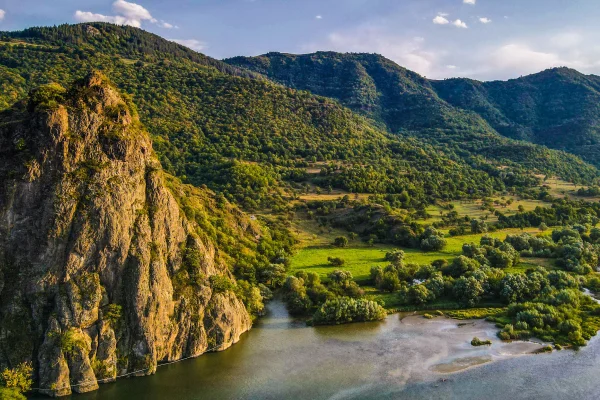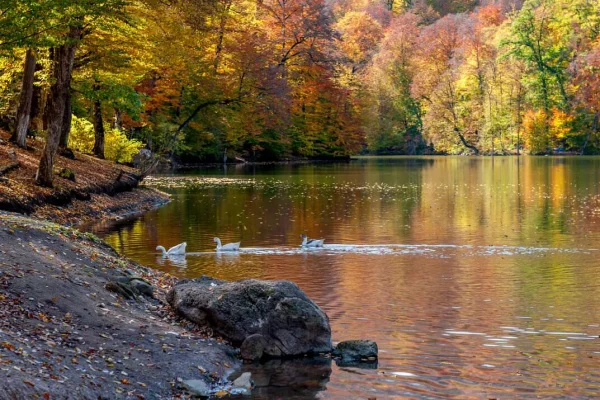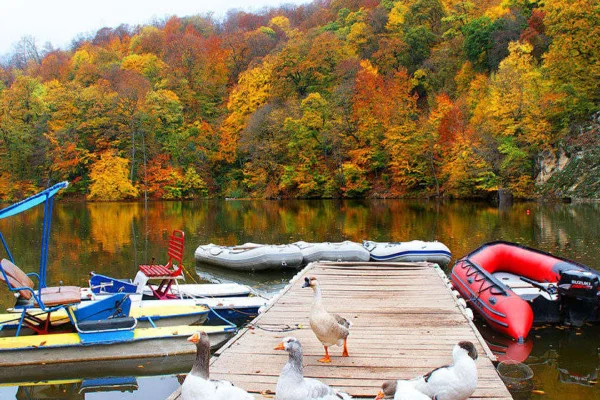Akhtala monastery
Akhtala is situated on the left bank of the Debed River, in Lori region. In the Middle Ages it was called Pghnzahanq (in armenian it means ”copper mine”). Armenian historian Kirakos Gandzaketsi says in his “History of Armenia” that in 1241 in Akhtala church the price Ivane Zakaryan died and was buried in Pghndzahanq, which he had earlier occupied and changed from the Armenian church to the Georgian, from Christian to Orthodox.
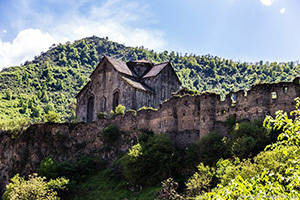
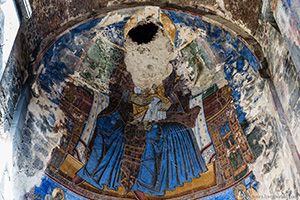
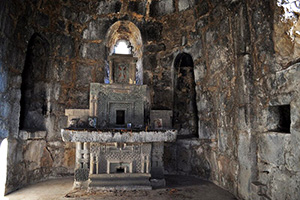
The prince Ivane himself renamed Pghndzhanq to Akhtala. The Akhtala monastery complex is located on the high altitude platform of Akhtala. The territory is surrounded by rocky deep canyons from three sides, and from the one side it connects to the plateau. In addition to these favorable natural conditions, it was surrounded by fence walls covering most of the periphery of the complex area. They are organically aligned with the environment, becoming an indispensable component of it.
The monastery was built in 1188 by Mariam, the daughter of King Kyurike III. The elements of Armenian, Byzantine and Georgian architecture are intertwined in the Monastery complex. The main church, St. Astvatsatsin was built in the first quarter of the 13th century by the prince Ivane Zakaryan. It is an embossed basilic type church, where the dome pairs are combined with the edges of the altar. Armenian architecture is rich in monuments of this kind. The Church is proclaimed in the world with its finest and most beautiful frescos, covering walls, floors, vaults. They are characterized by graphic perfection, rich in theme and diversity of colors. Frescoes with their color solutions are Byzantine, but the themes are purely Armenian. In the monastery complex there are also the St. Gevorg Church and two small churches. The Akhtala Monastery currently has Days of Pilgrimage – September 20-21. In the Monastery complex of Akhtala the famous Armenian filmmaker Sergey Parajanov shoot some scenes of his world-renowned film “The color of Pomegranate” which is dedicated to Armenian talented poet-musician (ashugh) Sayat Nova.


